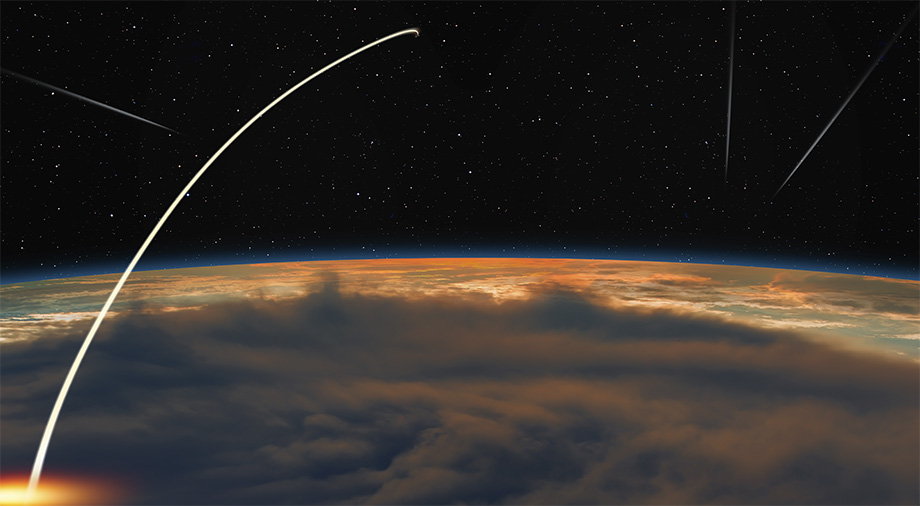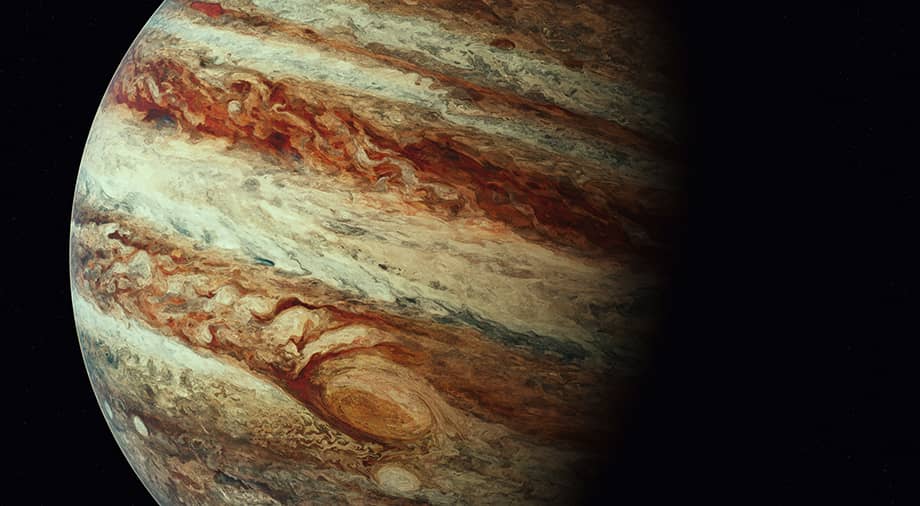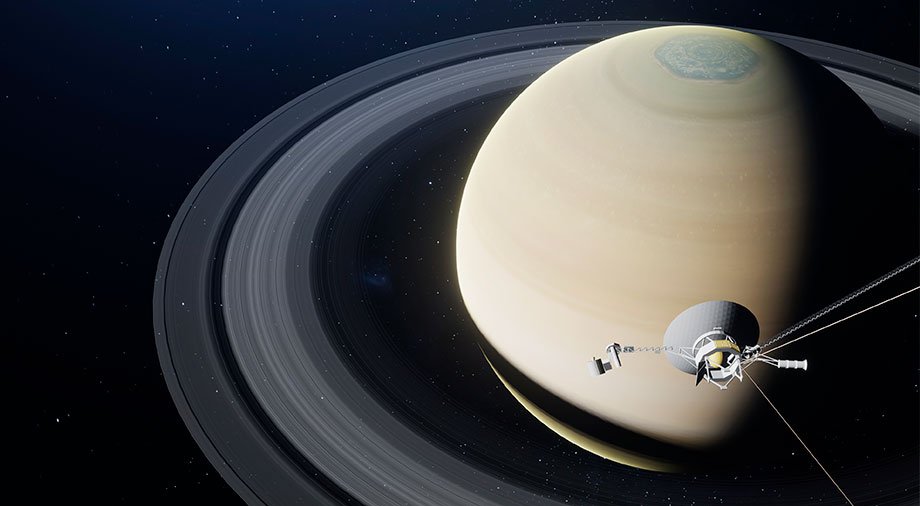2021 was full of space events: the long-awaited arrival of the Perseverance rover to the surface of the Red Planet, the first launch of the commercial suborbital tourist flights by Blue Origin and Virgin Galactic, and the long-awaited launch of the James Webb Space Telescope, which is set to shed light on origins of our universe.
There is no doubt that this trend will continue in 2022. Among the main plans: the lunar mission of the unmanned Orion spacecraft as part of the Artemis 1 program; the development and testing of new models of launch vehicles; cargo spacecraft, and research satellites; and the participation of the space sector in environmental conservation.
Today’s article will be devoted to completed projects and the most anticipated missions of 2022.
Return to the Moon: Orion, NOVA-C and CAPSTONE
NASA is completing the preparatory stages of its Artemis 1 lunar program, which plans to launch a heavy SLS (Space Launch System) rocket, which will be equipped with the unmanned Orion spacecraft. After separating from the SLS, Orion will make several orbits around the Moon, and then leave the satellite’s deep retrograde orbit (DRO) to return to Earth. The entire mission is expected to take 26 to 42 days to complete. Currently, the most optimistic date for the first unmanned Artemis-1 mission is scheduled for July 2022, and is likely to take place from Launch Pad 39B at the Kennedy Space Center (KSC).
The dress rehearsal for the SLS launch took place on April 26, but the mission encountered an emergency situation, when during the preparation of the rocket for launch, NASA detected malfunction of the refueling valve and a fuel leak which prevented the rocket from being refueled. After a 10 hour journey to the launch platform, NASA decided to roll the rocket back to the Vehicle Assembly Building.
NASA is already finishing its work correcting the problems that occurred during the launch rehearsal, and are set to make another attempt and bring the launch of the full-fledged Artemis-1 mission even closer.
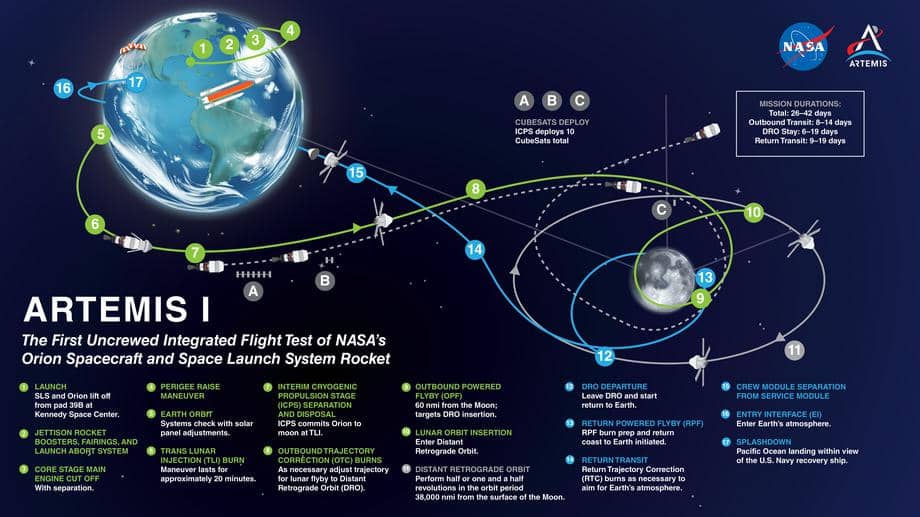
Artemis 1 is a preliminary but nevertheless difficult preparation for a manned flight to the Moon as part of the Artemis 2 mission. Currently, a manned flight of the Orion spacecraft to the Moon is scheduled for May 2024, but much is subject to change depending on the final results of the first Artemis.
In addition to planning future manned missions to the moon, NASA is investigating the possibilities of developing lunar resource deposits.The Houston-based company Intuitive Machines, as part of the NASA PRIME-1 mission, will send the NOVA-C to the Moon’s south pole (Shackleton Crater) in December 2022.
The NOVA-C lander is shaped like a hexagonal cylinder, powered by solar panels that can generate up to 200W. The payload of the entire module is between 100 and 130 kg. The platform will use a 1 meter long auger drill, which will allow it to recover and analyze samples of lunar soil and send data back to Earth. In addition, the NOVA-C includes the MSolo module to monitor and control the lander’s activity. The NOVA-C’s main task will be to study the lunar soil in order to help assess the possibility of processing lunar resources at the place of their extraction (known as in-situ resource utilization, or ISRU). The contract between NASA and Intuitive Machines is valued at $77.5 million.
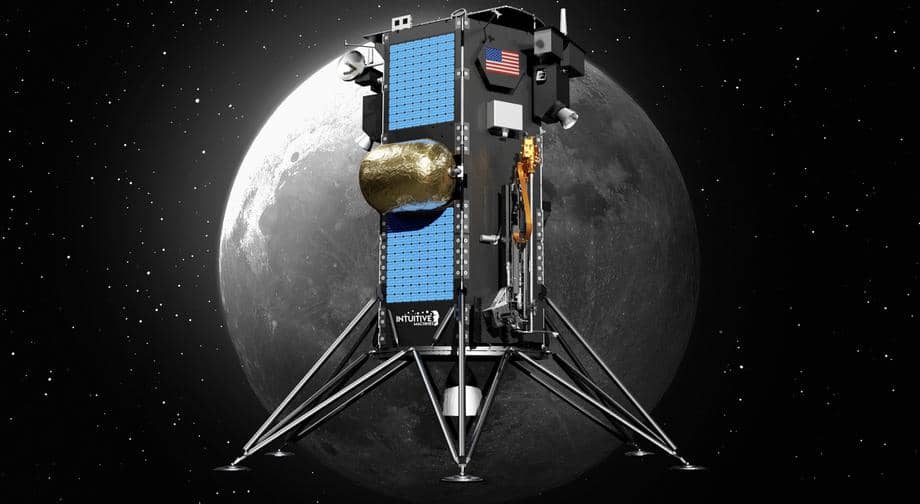
It is worth noting that Intuitive Machines, with their NOVA-C module, is only one member of the list of finalists selected by NASA as part of the Commercial Lunar Payload Services (CLPS) program for delivering commercial cargo to the moon. NASA also signed a $93.3 million contract with Firefly Aerospace, which plans to deliver a set of scientific equipment to the Moon (northeast of the Sea of Tranquility) using their Blue Ghost lander in 2023. NASA has signed contracts with a substantial list of companies as part of this program, including Astrobotic Technology, Deep Space Systems, SpaceX, Blue Origin, Lockheed Martin Space, and others.
Ensuring navigation in lunar orbit is also an important aspect of the construction of the first lunar orbital station. The private aerospace company Rocket Labon May 31, 2022 plans to launch the CAPSTONE (Cislunar Autonomous Positioning System Technology Operations and Navigation Experiment) cubesat in June 2022.
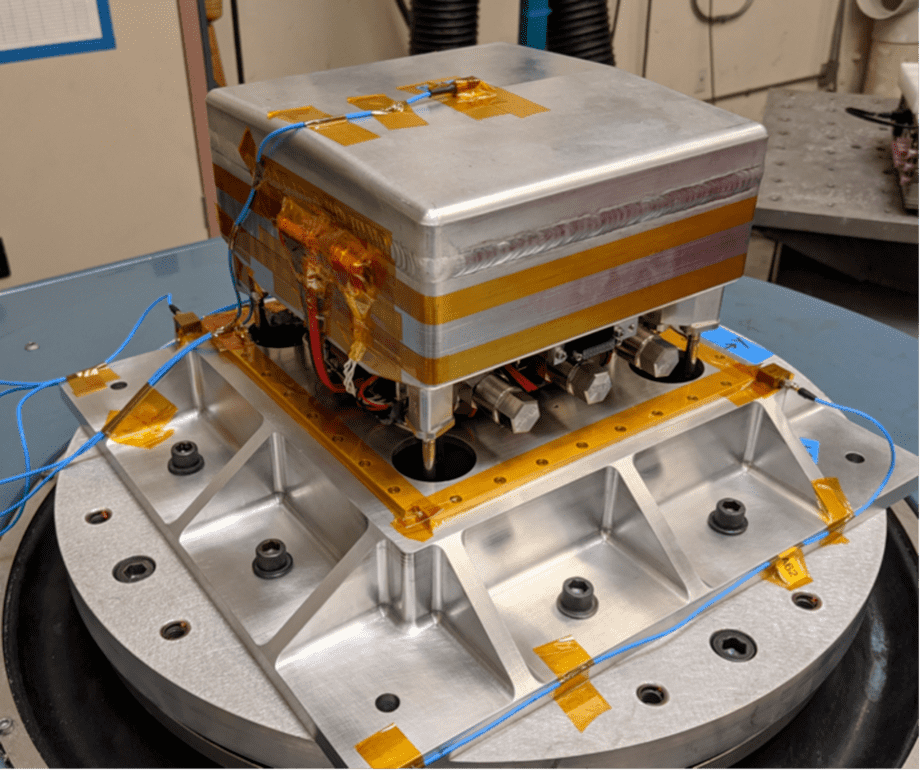
The nanosatellite will test the stability of the lunar halo orbit, which NASA plans to use for its Lunar Gateway, a research station in orbit of the Moon, which will become a communications hub and a platform for scientific research. The Gateway lunar orbital station will also be able to serve as a habitation module for astronauts, a storage station for lunar rovers, and a docking module for cargo spacecraft.
The cubesat is planned to be launched into orbit using Rocket Lab’s Electron rocket. Thanks to the diagnostic launch of the CAPSTONE apparatus, humanity will be able to make a big step towards the first space station outside the earth’s orbit.
For the past three years, NASA has been investing heavily in the development of its Artemis Moon space program. The annual financial investment in this project is estimated at $7.5 billion. In addition, NASA allocates about $250 million per year to finance its ancillary Commercial Lunar Payload Services program, aimed primarily at cultivating private space companies that will deliver landers, cargo, and equipment of small and medium capacity to the moon.
The development of round-trip space shuttles: the Dream Chaser
When it comes to delivering scientific and food cargoes that make space stations physically sustainable, the possibility of using reusable cargo spacecraft plays an important role in making them financially sustainable.
One such reusable cargo spacecraft is the Dream Chaser, manufactured by Sierra Space of Louisville, Colorado. At the moment, the spacecraft is in the final stage of assembly and will presumably be sent to a NASA test site in August-September of this year. There, the Dream Chaser will conduct a four-month phase of thermal vacuum testing.
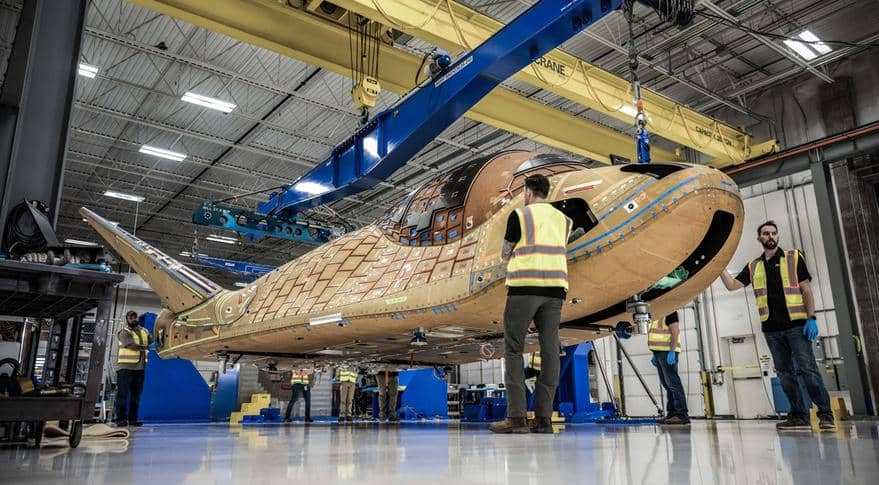
It is assumed that the first real flight of the shuttle will be a cargo mission: the ship will be sent to the ISS to resupply the astronauts with food, air, and scientific equipment. In the future, Sierra Space plans to test a piloted version of the Dream Chaser. A preliminary launch of a manned version of the spacecraft is scheduled for 2026, but as with the Artemis-1, much will depend on the success of the unmanned mission.
The main advantage of the Dream Chaser lies in its ability to land on specially equipped runways around the world. At present, Sierra Space has signed an agreement with Japan’s Kanematsu Corporation and Oita on the possibility of using a local airstrip to land cargo spacecraft from Sierra Space.
The Dream Chaser will be able to carry a payload of up to 5500 kg. Initially, the launch of the Space Cargo Shuttle to the ISS was scheduled for the spring of 2022, but this mission start date was recently pushed back to the first quarter of 2023. Nevertheless, the first stage of thermal vacuum testing of the device is likely to happen by autumn, so we still classify the Dream Chaser launch as one of the most anticipated events of 2022.
Return rockets: Starship and Glenn Rocket
The first orbital launch of SpaceX’s Starship super-heavy launch vehicle is also scheduled for the summer of 2022. SpaceX’s plans to launch its rocket no later than June-July, according to the company’s executive director, Gwyn Shotwell. The launch will presumably take place on the SpaceX launch pad in Texas, reports Bloomberg.
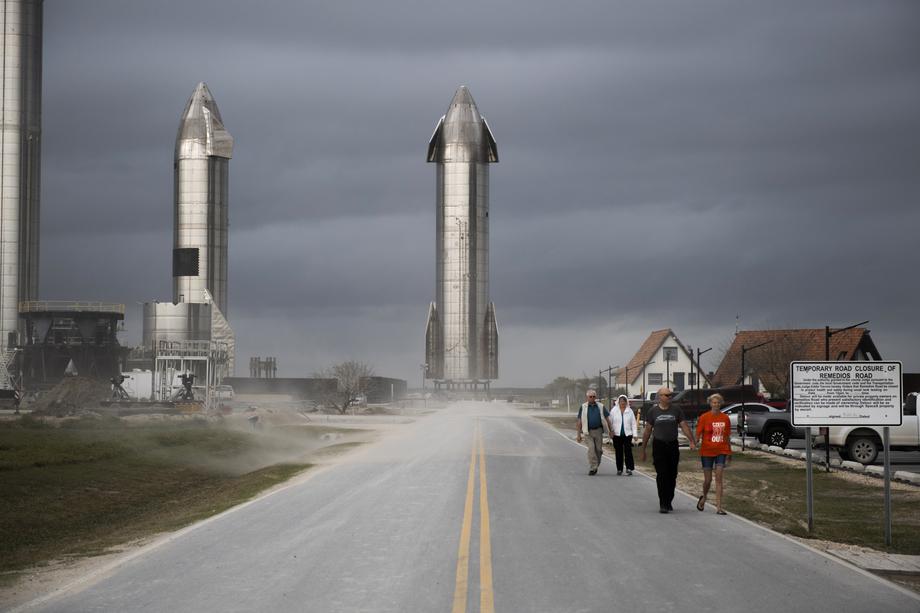
The fuselage of the rocket is made of stainless steel with a high content of chromium and nickel. SpaceX decided to move away from using carbon fiber coating due to the high labor intensity and cost involved in using it in super-heavy rockets. Rockets made of stainless steel are significantly heavier than those made of carbon fiber, so they require a more powerful rocket engine to launch.
Another advantage of a stainless steel hull is its high heat tolerance. Starship’s hull can withstand temperatures up to 1600°F (871.1°C). While a carbon fiber body does not melt at all, it can crumble when exposed to cryogenic temperatures and is effectively limited to an operating temperature ceiling of 300°F (148.8°C). However, a stainless steel alloy with high nickel and chromium content actually hardens in cryogenic temperatures, increasing its strength by an average of 50% in comparison to terrestrial temperatures.
Just like the Dream Chaser cargo ship, the entire Starship rocket is fully reusable and can be launched again after undergoing maintenance upon return to Earth..
Tests of the super-heavy Glenn Rocket, originally scheduled for the fourth quarter of 2022, have been postponed, and now the rocket from the aerospace company Blue Origin will take off no earlier than 2023. The 322-foot (98.1-meter) rocket is scheduled to launch from Cape Canaveral Space Force Base.
The Glenn Rocket’s fuselage, fuel tanks, main stages and composite fairings are currently undergoing testing, with its BE-4 internal combustion rocket engine having done so most recently. The oxygen-enriched engine runs on liquefied gas, and is equipped with a movable suspension, giving the Glenn Rocket a unique ability to maneuver during its flight.
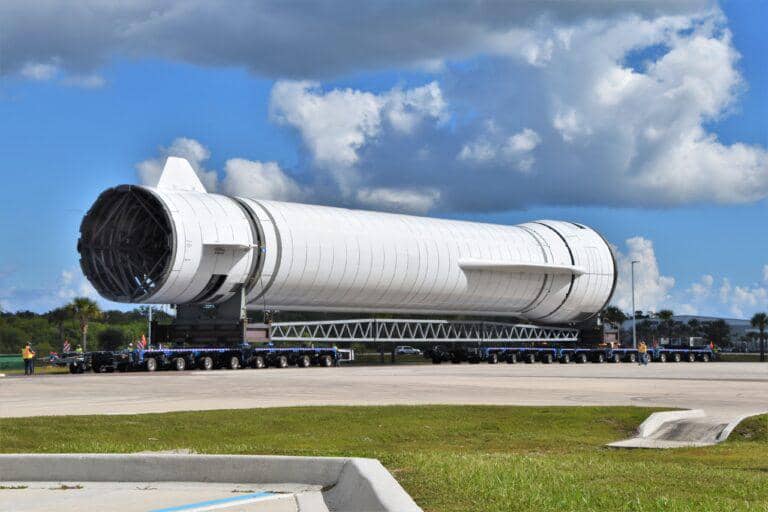
Blue Origin is putting a great deal of money in this project: at the moment, the company has invested $ 2.5 billion, of which $ 1 billion has been allocated for the reconstruction of the LC-36 launch pad. Since the 1960s, the LC-36A and LC-36A launch pads have successfully hosted 145 rocket launches.
The current big trend in rocketry is the development and creation of return modules for super-heavy launch vehicles and cargo spacecraft capable of launching tons of payload into orbit. The bet on superheavy launch vehicles is due to the fact that in the future colonization of near-Earth objects, the volume of cargo which can be delivered will be the most critical factor in making these colonies viable.

